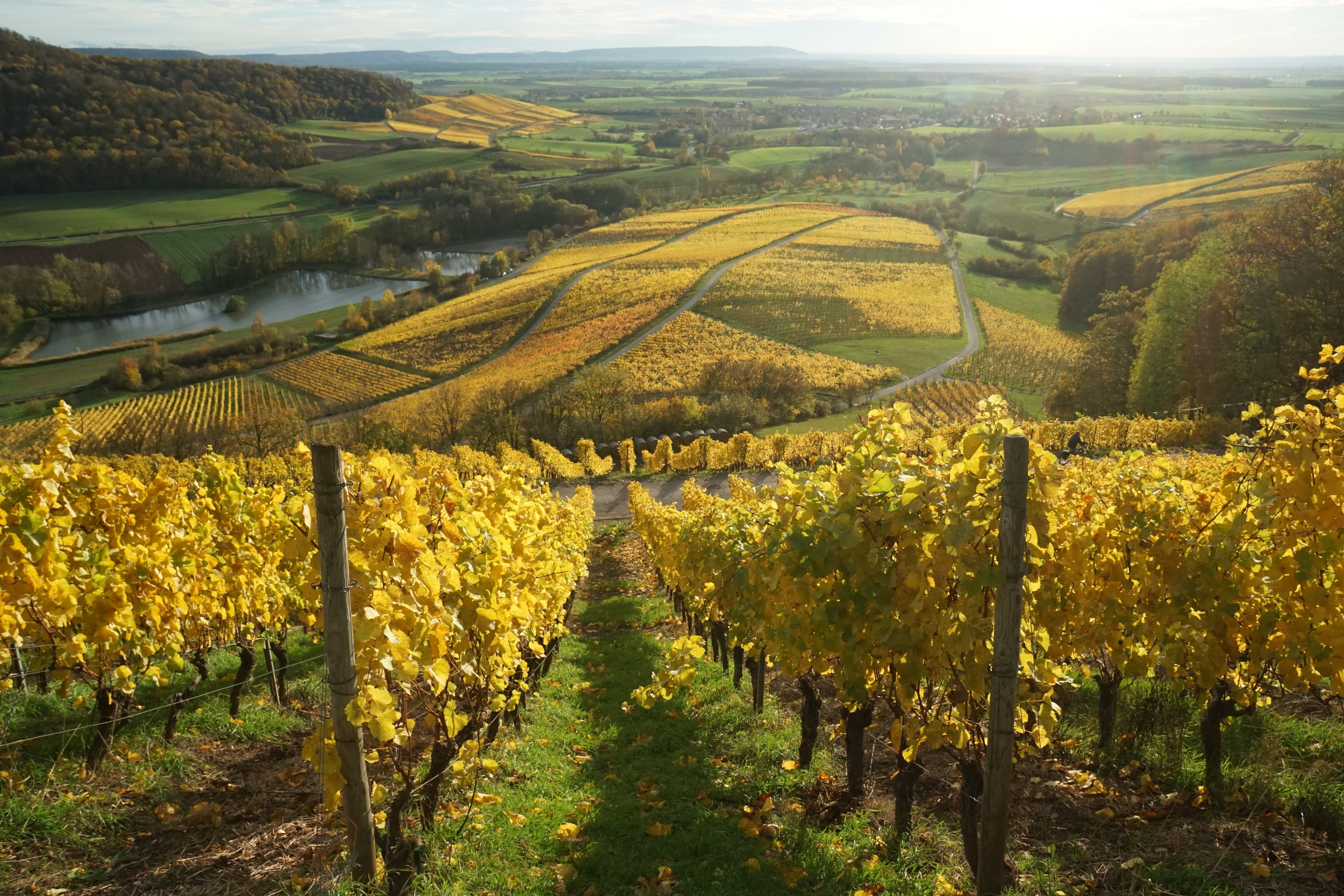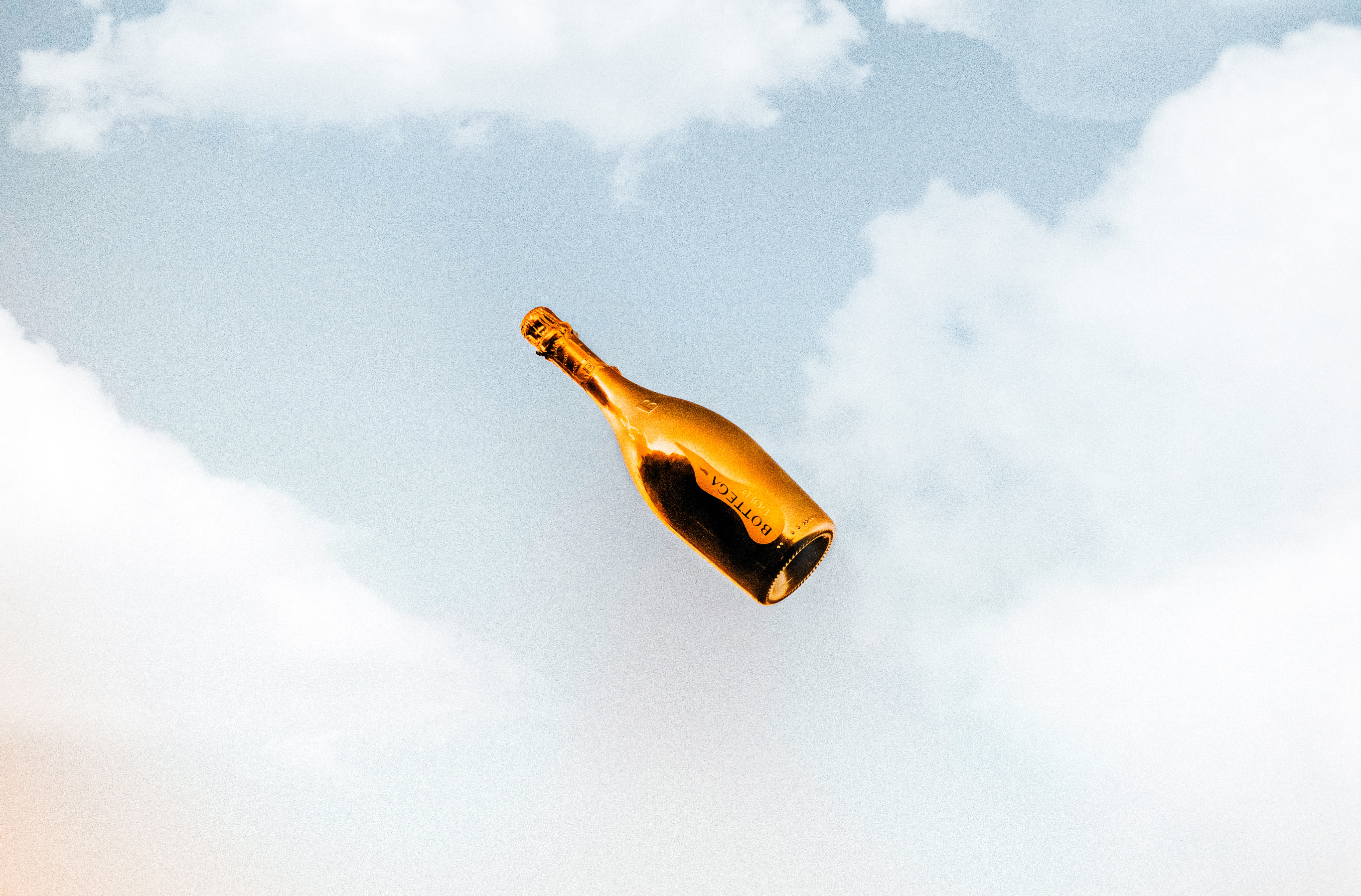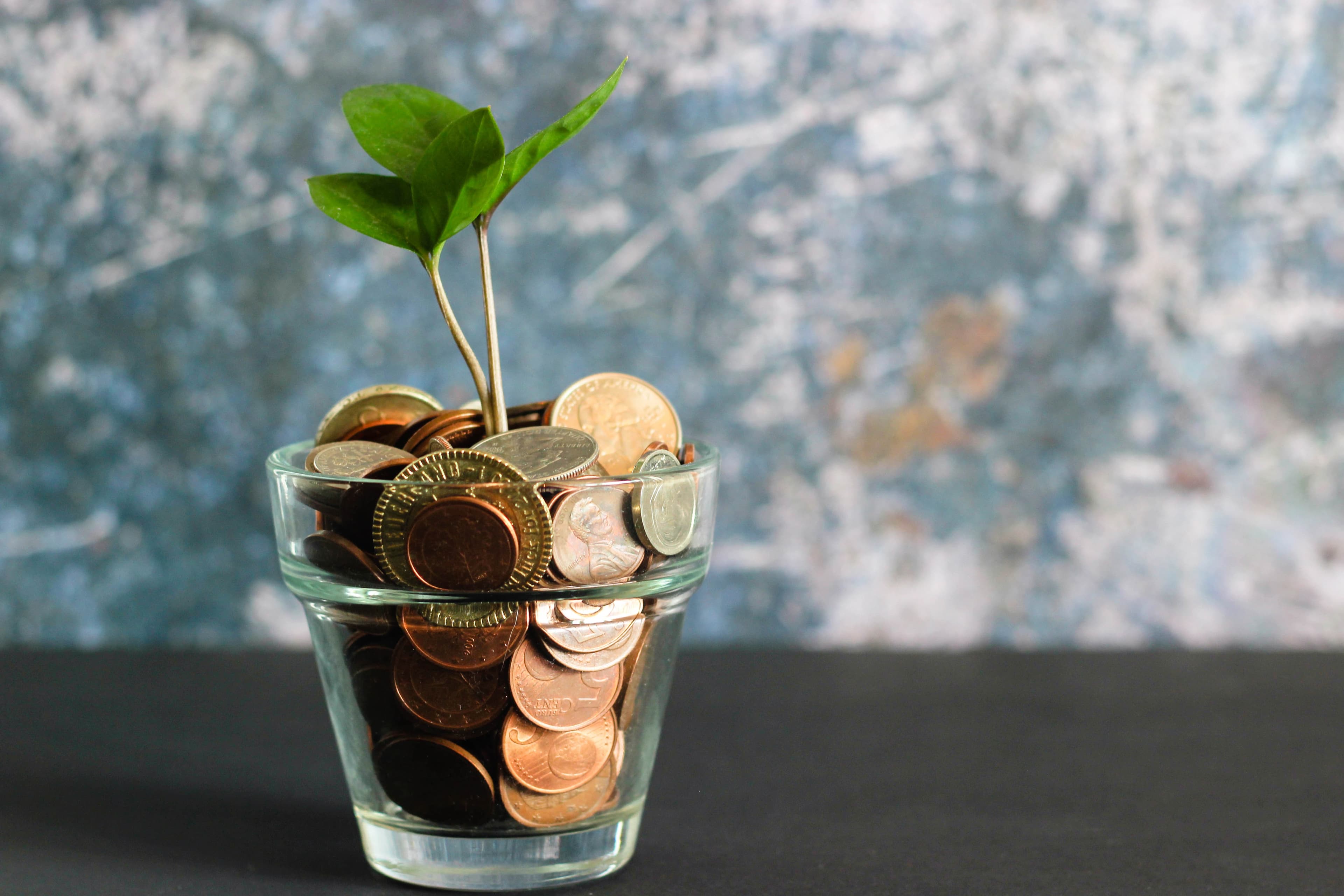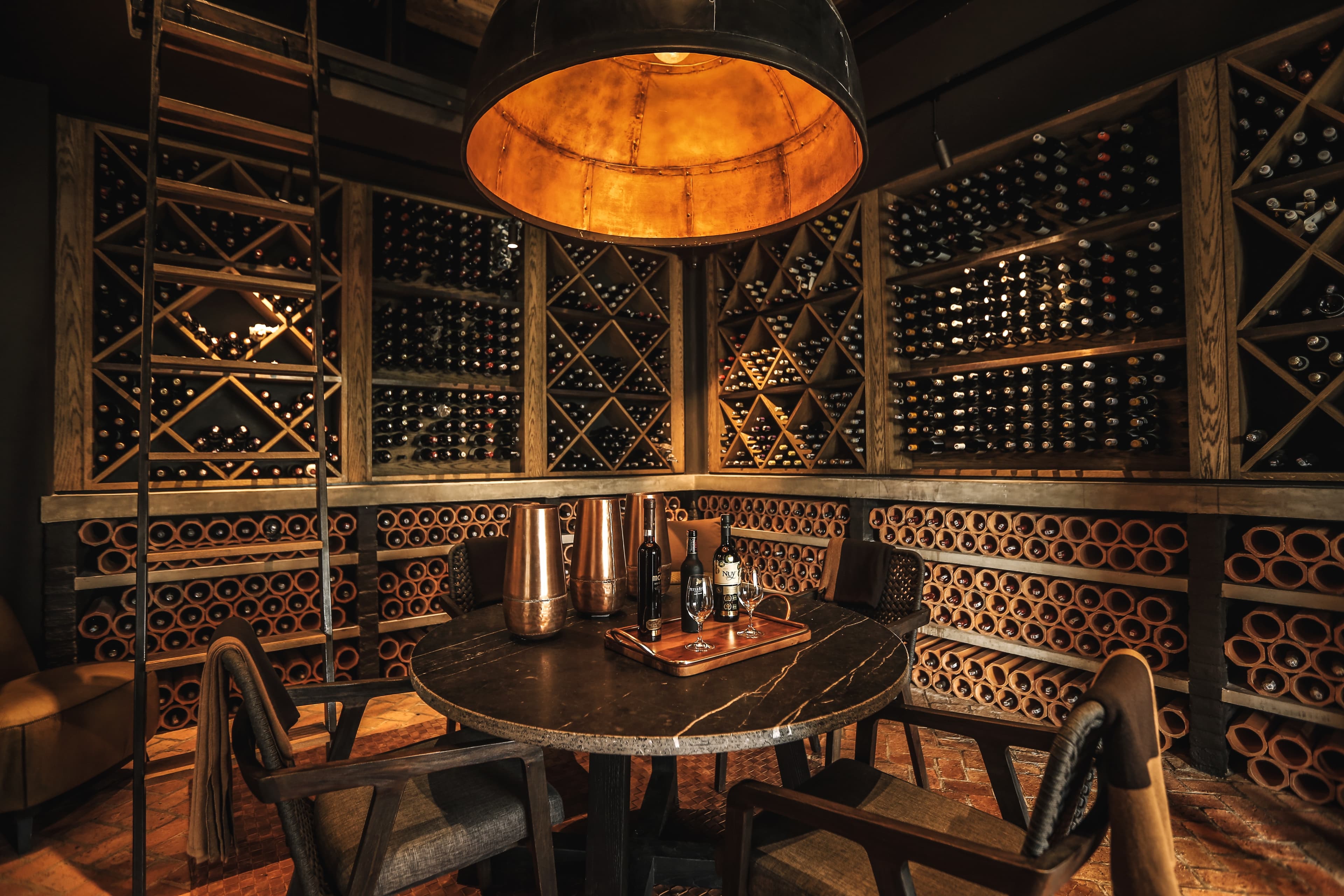Qu'est-ce qui compose le coût d'une bouteille de vin ?
3 min de lecture
Head of Content
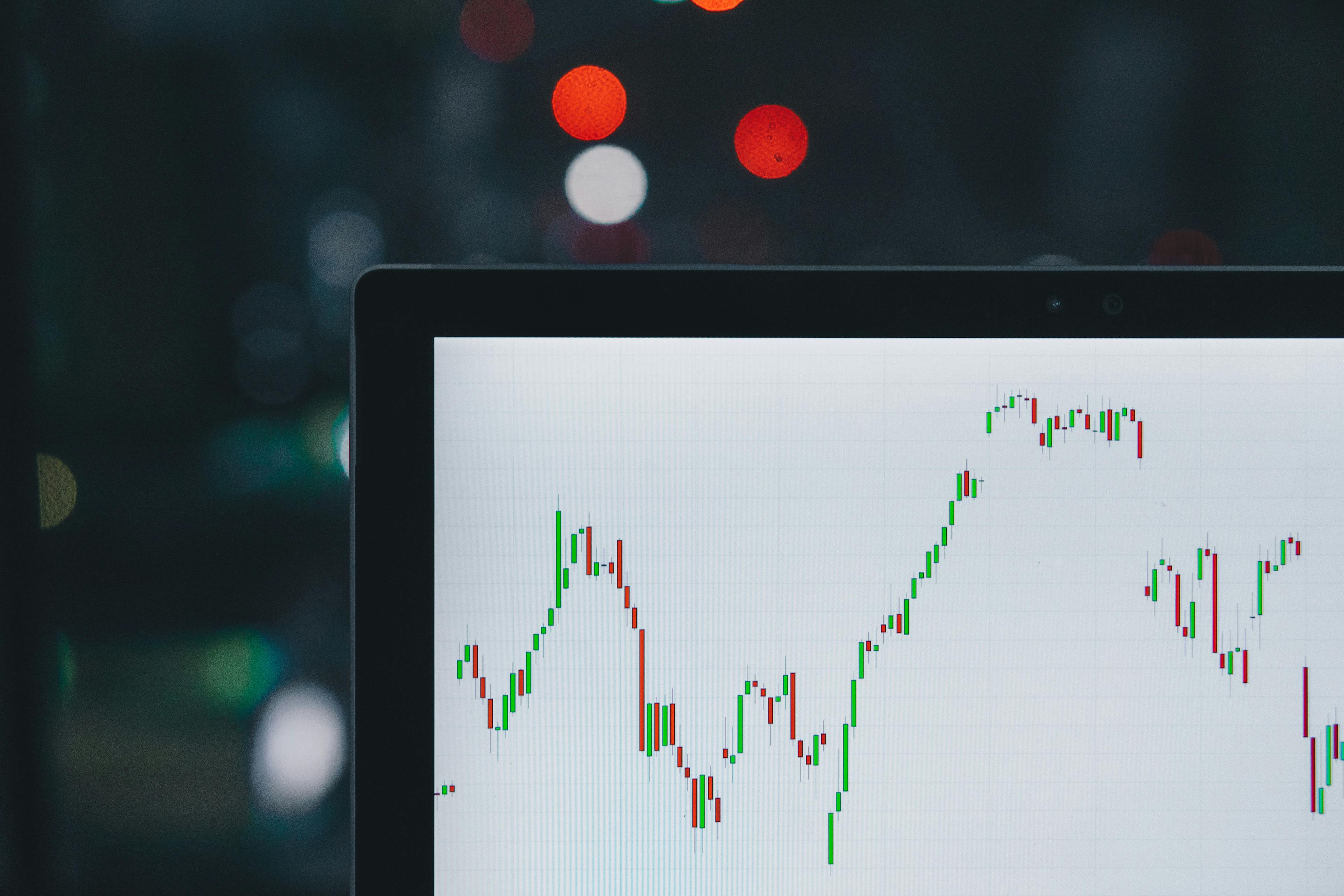
Avez-vous déjà réfléchi à pourquoi il y a une énorme gamme de prix pour différents vins ? Avec un budget de 20 $, il existe une vaste sélection de vins de supermarché, tandis qu'une bouteille de Domaine Romanée Conti peut facilement coûter plus de 20 000 $. Qu'est-ce qui compose le coût d'une bouteille de vin ? Et qu'est-ce qui détermine le prix final du vin ?
Le vin est un produit de l'agriculture. Le premier élément qui entre dans le coût de production est le coût de la terre. Contrairement aux humains, tous les vins ne sont pas créés égaux. En France, le coût moyen des vignobles est d'environ 600 000 $ par acre dans la région de Champagne et plus de 2 millions de dollars par acre pour les grands crus en Bourgogne. Pendant ce temps, à La Mancha, en Espagne, un acre de vignoble coûte environ 8 000 $. Les vins de haute qualité nécessitent souvent un faible rendement du vignoble, le coût de chaque acre qui va à chaque bouteille de vin est même plus élevé pour les vins haut de gamme que pour les vins produits en masse.
En passant au coût de la production réelle de vin, le travail en cave et le processus de vinification varient d'un producteur à l'autre. La récolte manuelle coûte beaucoup plus cher que la récolte mécanique. En Californie, la récolte manuelle coûte environ 750 $ par acre, trois à sept fois plus cher que la récolte mécanique. L'équipement de la cave, notamment les fûts, selon la qualité et le temps d'utilisation, affecte tous le prix du vin final. Un vin qui utilise uniquement du chêne neuf pour le vieillissement et reste en cave longtemps avant sa sortie coûte beaucoup plus cher que ceux qui proviennent de cuves en acier inoxydable et sont prêts à être vendus immédiatement. De plus, le coût de la main-d'œuvre en cave, y compris les consultants en vinification bien rémunérés, tout cela entre dans l'étiquette de prix. Le coût de l'emballage et de l'expédition peut sembler insignifiant une fois réparti sur chaque bouteille de vin, mais un bouchon en liège naturel haut de gamme coûte quatre à cinq fois plus cher qu'un bouchon synthétique ou un bouchon à vis.
Une fois que les vins entrent sur le marché, en plus de la majoration à chaque niveau de distribution, les taxes, droits de douane et TVA continuent de s'ajouter au prix d'origine de la cave. Pour les marques prestigieuses et les vins fins, le prix est associé à l'image de marque et à l'offre et à la demande. Le Champagne, en tant qu'appellation célèbre de vin mousseux, est généralement plus cher que d'autres vins mousseux fabriqués selon la méthode traditionnelle. Le Champagne d'entrée de gamme d'une maison de Champagne renommée est vendu à un prix plus élevé qu'une bouteille d'un producteur de Champagne moins connu. Dans le monde des vins fins, si une certaine bouteille est très recherchée sur le marché secondaire, en raison de la tendance du marché à sa rareté, le prix augmente de manière exponentielle par rapport au prix de sortie d'origine à la cave.
En conclusion, le vin est un produit agricole tout en étant plus que sa nature de produit agricole. Le prix des vins n'est pas seulement la combinaison des matières premières, des coûts de production et de la majoration. Avec ses attributs culturels et de luxe, la valeur de certains vins va bien au-delà de l'objet physique.
Partager cet article
